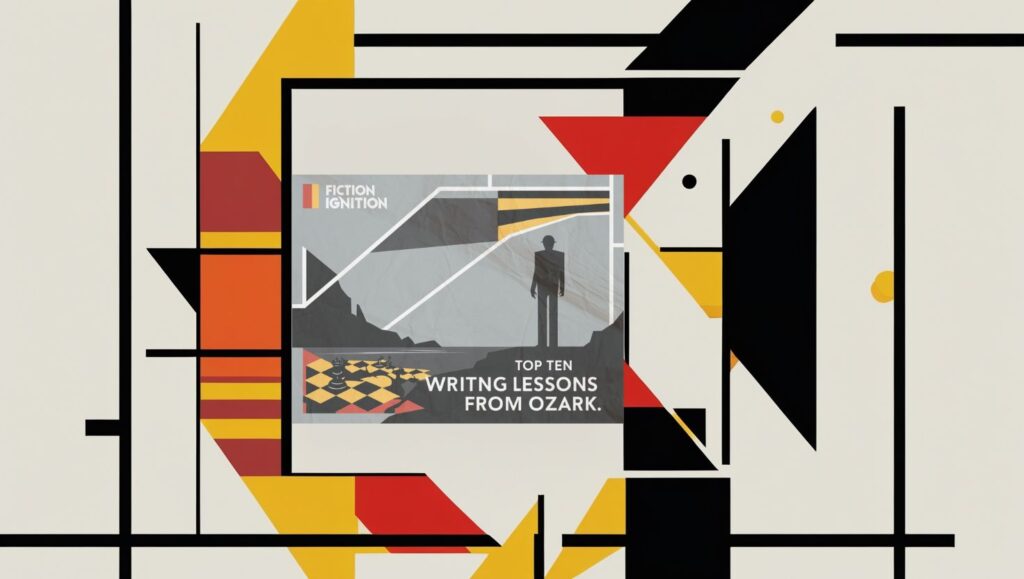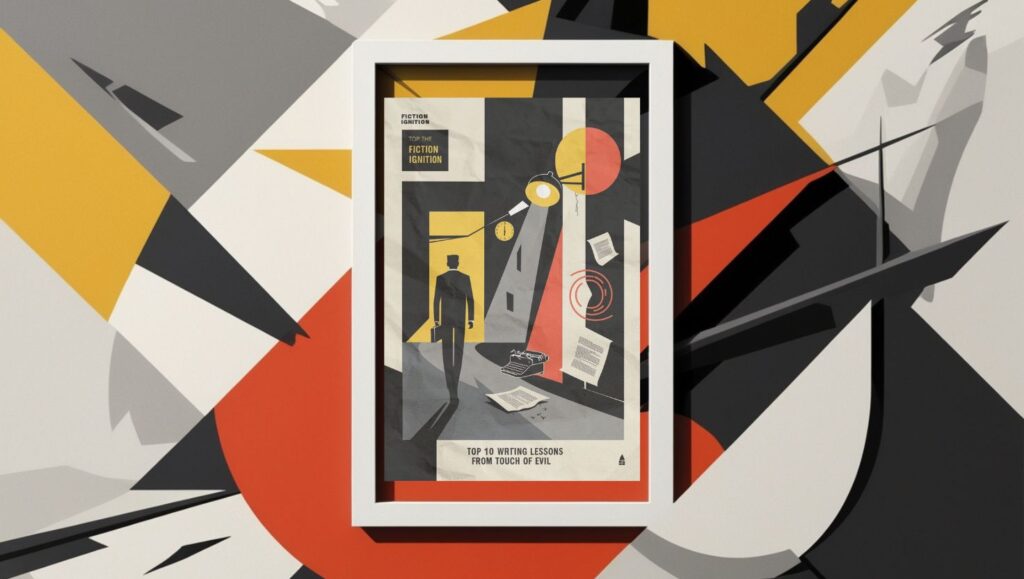Greetings, Fiction Igniters! Let me take you on a journey where neon-lit diners and barren deserts collide with the timeless lessons of storytelling. Yes, I’m talking about Wim Wenders’ haunting masterpiece Paris, Texas. It’s more than just a movie—it’s a masterclass in narrative craftsmanship. So, grab your pen (or your keyboard), and let’s countdown the top 10 things Paris, Texas taught me about writing unforgettable stories.
10. Start With Silence, Build With Emotion
The movie opens with a man walking alone in the desert—silent, mysterious, compelling. It’s a reminder that you don’t have to explode onto the page with action or dialogue. Sometimes, the quiet moments whisper louder than fireworks.
Actionable Tip: Next time you’re writing, try opening your story with a moment of stillness. Show your character in their element, without a word. Hemingway’s The Old Man and the Sea begins with the quiet resolve of an aging fisherman—a moment that sets the tone for the entire novel.
9. Place Can Be a Character
The Texas desert isn’t just scenery in Paris, Texas; it’s a living, breathing force. Its vast emptiness mirrors Travis’ internal desolation. Readers love settings they can feel, places that seem to inhale and exhale alongside the characters.
Actionable Tip: Treat your setting as an active participant in your story. Think of the moors in Wuthering Heights, which practically drip with Gothic gloom. Write your setting with sensory details—how does it smell, sound, taste?
8. Leave Some Gaps for the Reader
Travis’ backstory is unraveled slowly, piece by piece. We’re forced to lean in and put the puzzle together ourselves. As writers, it’s tempting to spell everything out, but trust your readers—they’re smart.
Actionable Tip: Don’t info-dump! Take a leaf out of Gillian Flynn’s Gone Girl. She keeps readers guessing by doling out information in tantalizing bits.
7. The Heart Is in the Relationships
At its core, Paris, Texas is about relationships—between Travis and his brother, his son, and his estranged wife. The raw, emotional connections give the story its soul.
Actionable Tip: Focus on the dynamics between your characters. What do they want from each other? What’s left unsaid? Think about Atticus and Scout Finch in To Kill a Mockingbird. Their bond is the story’s heartbeat.
6. Use Dialogue to Reveal, Not Explain
The film’s most famous scene—Travis pouring his heart out to his wife through a one-way mirror—is dialogue perfection. It reveals his vulnerability, guilt, and love without ever feeling forced.
Actionable Tip: Write dialogue that reveals your character’s emotions or secrets without directly stating them. Study the conversations in Jane Austen’s novels—they’re full of subtext and double meanings.
5. Make the Ordinary Extraordinary
A battered baseball cap. A cheap motel room. A forgotten town. Paris, Texas elevates mundane objects and places into symbols of longing and memory.
Actionable Tip: Find beauty in the everyday. Annie Proulx’s Brokeback Mountain turns a simple shirt into a devastating symbol of love and loss. What ordinary item in your story could carry emotional weight?
4. Create Flawed, Relatable Characters
Travis is deeply flawed—he’s made terrible mistakes—but we root for him because we see his pain and his desire to make things right. Perfect characters are boring; flawed ones are unforgettable.
Actionable Tip: Give your protagonist a weakness. Think of Jay Gatsby’s obsessive love for Daisy or Lisbeth Salander’s trust issues in The Girl with the Dragon Tattoo. Imperfections make characters real.
3. Use Visuals to Tell the Story
Cinematographer Robby Müller paints emotions with light and color—red for passion, blue for melancholy. As writers, we can use vivid imagery to evoke feelings just as powerfully.
Actionable Tip: Use strong imagery to evoke mood. In The Road by Cormac McCarthy, the bleak, ash-covered landscape amplifies the story’s despair. Choose colors, textures, and weather that match your narrative.
2. Endings Should Be Bittersweet
The ending of Paris, Texas doesn’t tie everything up with a neat bow. It’s messy, it’s painful, but it’s honest. That’s what makes it linger in your heart long after the credits roll.
Actionable Tip: Don’t be afraid of bittersweet endings. Think of the closing lines of 1984: Winston’s love for Big Brother is a gut punch because it’s so tragically true to the story.
1. Tell a Story That’s Deeply Personal
Paris, Texas resonates because it feels so personal, so human. Sam Shepard’s screenplay draws from universal themes of love, loss, and redemption. When you write from a place of truth, your story becomes universal.
Actionable Tip: Write the story only you can tell. J.K. Rowling’s Harry Potter started as a deeply personal idea scribbled on a napkin in a train station. Your unique voice is your superpower—use it!
And there you have it, Fiction Igniters—10 lessons about writing that Paris, Texas whispered to me like the wind over a lonesome highway. Whether you’re crafting a sci-fi epic, a chilling horror, or a quiet drama, these lessons are your roadmap. So, remember, until next time: don’t write, ignite!









